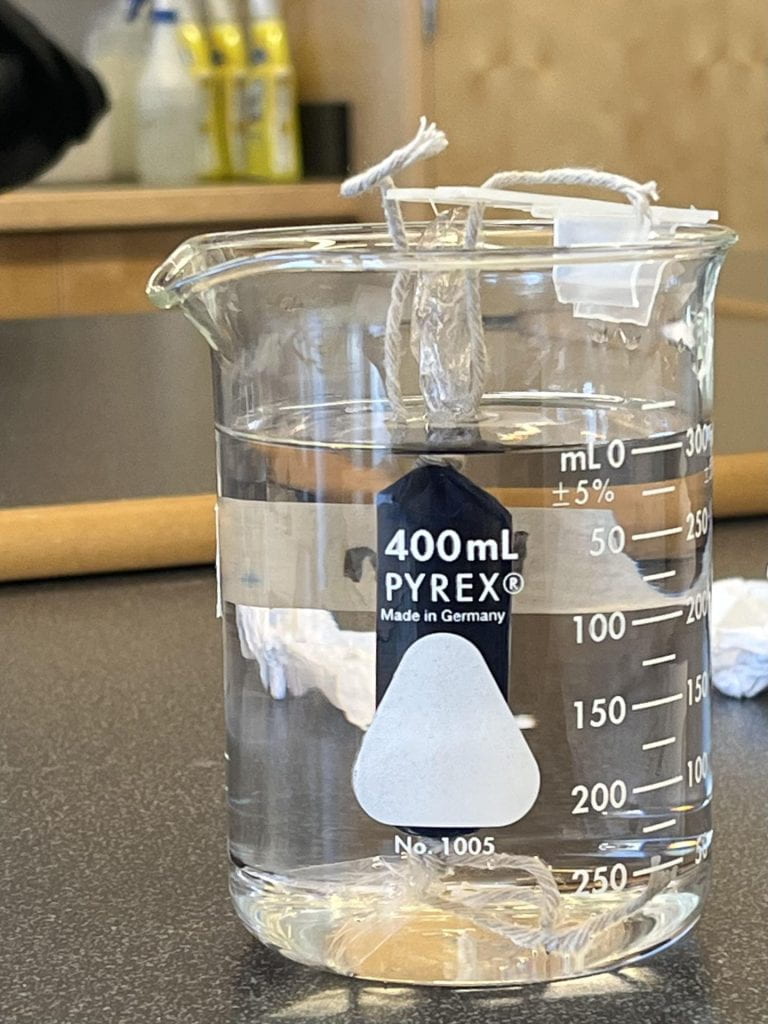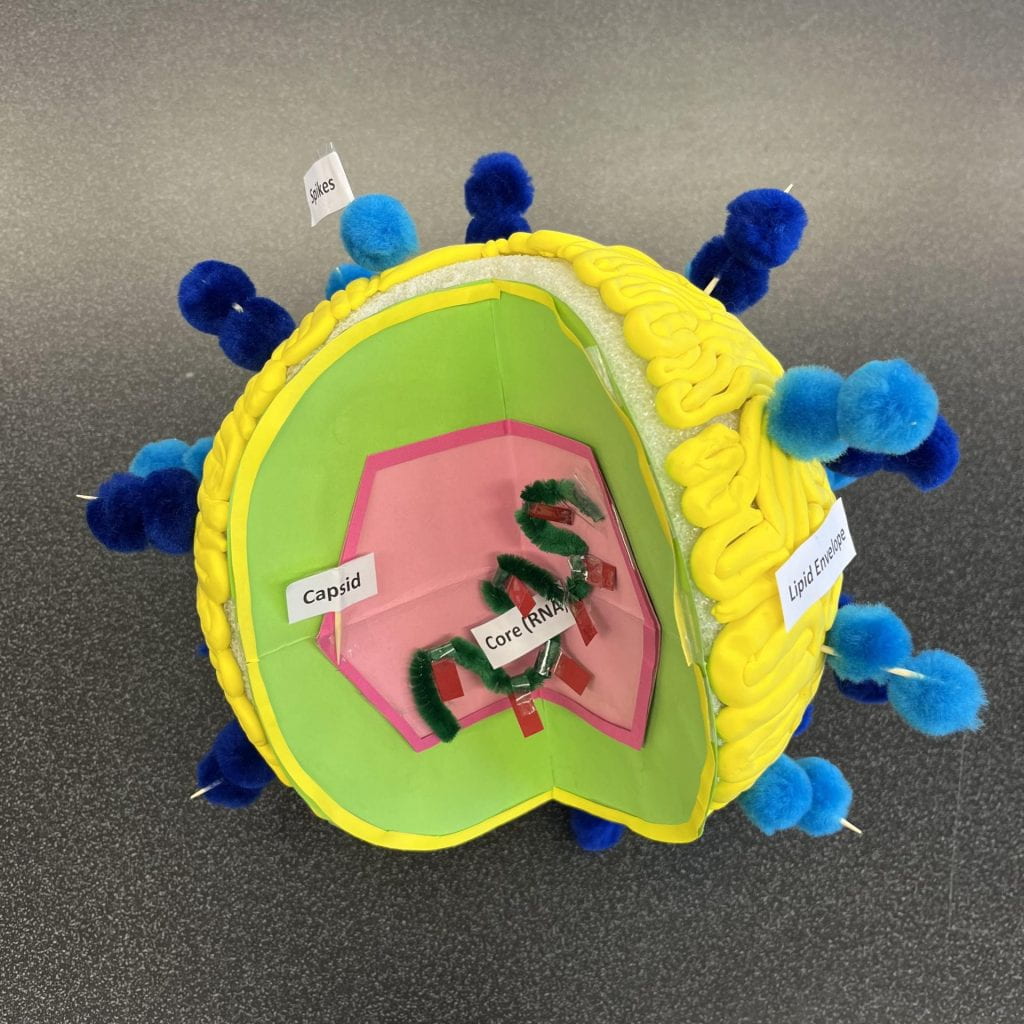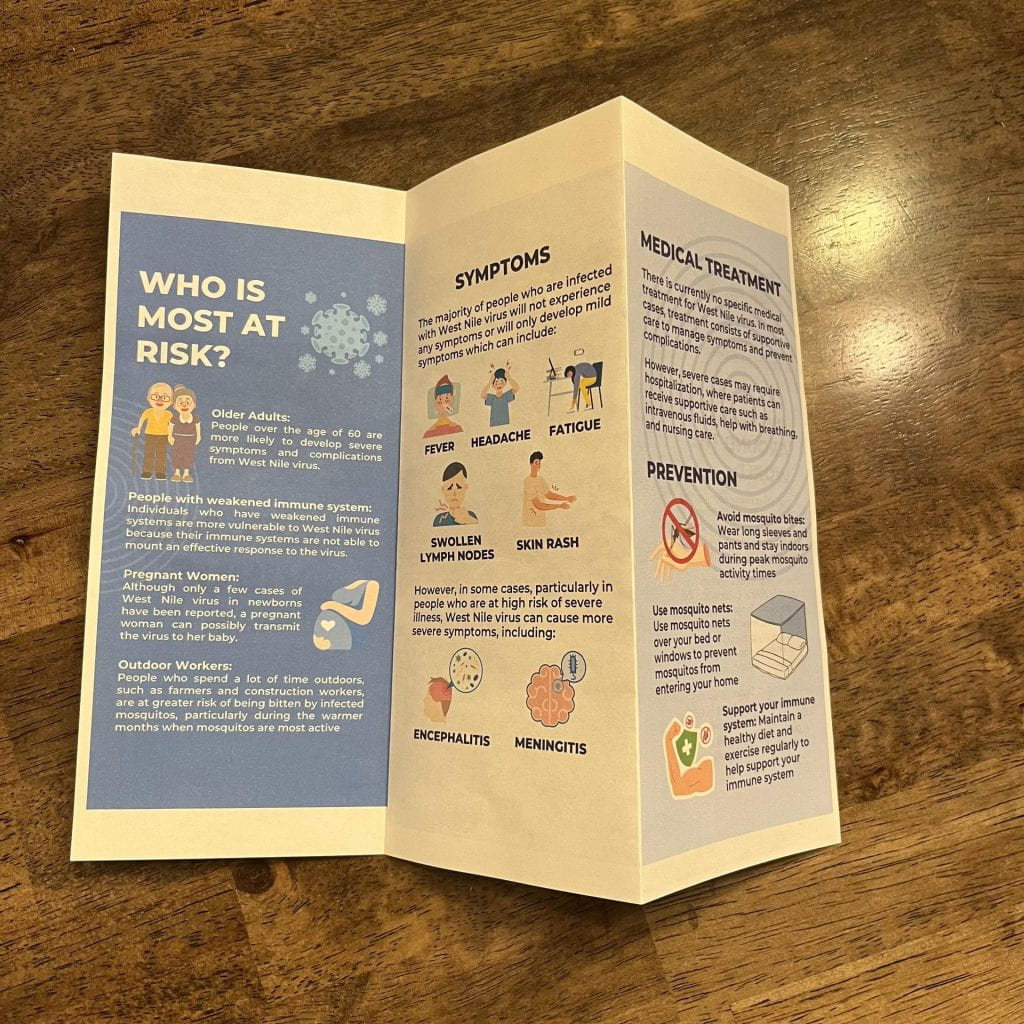Critical and Reflective Thinking
I believe that I process active listening, which enables me to understand, connect, and collaborate effectively with team members. During the group meeting, I demonstrate engagement and attentiveness by maintaining appropriate eye contact since non-verbal cue is crucial in terms of showing respect and interest in conversations. I also ask questions to clarify and view in different perspectives. In addition, providing and receiving feedback are essential components of effective communication and leadership. When we were preparing for the Halloween cupcake decorating workshop, I provided feedback for the overall design of the poster and received feedback for the sign-up form I created. According, I added questions about allegories and awareness of the cost of the workshop.
The skill I possess is adaptability. When unexpected challenges arise, I quickly adapt to changes, identify solutions, and implement changes as needed. For the Halloween cupcake decorating workshop, we were aiming for 30 people, but there were less than 10 people signed up. Since I had the access to the result of the sign-up form, I informed other group members and actively promoted our event. Instead of depending on the poster we created, I reached out to potential participants to recruit more people. We were able to recruit the total of 30 people in a few days. I remained open to feedback to create and organize more engaging and enjoyable event next time.
I would like to develop creativity by the end of the course. While fundraising is effective, I believe that thinking outside the box and creating interactive activities are also significant when it comes to raising awareness. We are trying to host unique activities or events, such as the Halloween cupcake decorating workshop and the interactive poll, and I hope our group can continue to make positive impact within the school community by implementing creative activities or events.
I would like to develop my risk management skills by the end of the course. Risk management risks would allow me to identify potential risks or challenges that may arise during the course of events or workshops our group is planning. Risk management would also enable to adapt to changing circumstances. Through effective risk management, I can develop strategies to mitigate them. I would actively share concerns, observations, and potential risks within the group and make informed decisions considering them.
I can work with others to achieve a goal.
As a member of the Health and Cancer Care (HACC) group, I worked with others to host a Halloween cupcake decorating workshop. We strategically planned different tasks for the successful event. I gave and received feedback, developing various ideas while minimizing potential risks or challenges. As a team, we carefully prepared the materials needed for the cupcake decorating, including plain cupcakes, sprinkles, candies, and chocolates. We also incorporated a cupcake decorating competition to make the event more enjoyable. The workshop was successful, and it was meaningful to collaborate with HACC members to support the Canadian Cancer Society. We are currently working together to create an interactive poll and share statistics in which I believe that it could raise more awareness in our school community.








